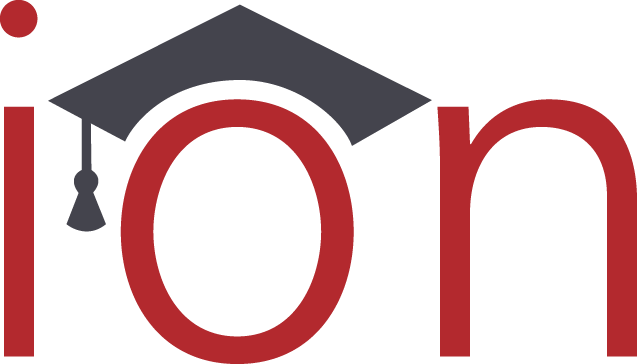The Difference Between Student Loan Repayment Plans and Tuition Reimbursement
Student loan repayment is expected to resume May 1st after two years of interest-free forbearance extensions following the CARES Act, which was originally passed in March of 2020.
With inflation at a 40-year high, millions of borrowers are expected to struggle financially when their repayment resumes. Employers have an opportunity to help the financial wellness of their current workforce and attract new talent by offering Student Loan Repayment Plans (SLRP).
Student Loan Repayment Plans Only Recently Received a Tax Benefit
The Consolidated Appropriations Act, 2021 (CAA) passed at the end of 2020, moves employer-provided Student Loan Repayment Plans under the same Education Assistance tax benefit (Section 127 of the tax code) as Tuition Reimbursement, allowing employers to make up to $5,250 in tax-exempt contributions until Dec. 31, 2025.
While tuition reimbursement is a one-time payment made directly to the employee as reimbursement for completing an upskilling or reskilling education program, an SLRP includes contributions paid out incrementally and directed to the student loans of the employee’s choosing.
| Tuition Reimbursement | Student Loan Repayment | |
| Purpose | Encourages professional development and upskilling/reskilling | Acts as a financial wellness benefit to recruit and retain well-educated candidates |
| Tax Benefit | Up to $5,250 per year | Up to $5,250 per year |
| Payment Schedule | Typically, paid out as a lump sum following completion of a pre-approved training/course | Incrementally paid out per paycheck, monthly, quarterly, annually, etc. for the life of the loan |
SLRPs are a Financial Wellness Benefit, while Tuition Reimbursement is for Professional Development
Employers offering both tuition reimbursement and an SLRP can only contribute $5,250 per year across both plans. However, since it takes the average student loan borrower 20 years to pay off their debt, an SLRP becomes just as important as their retirement plan.
The intention of a tuition reimbursement offer is to encourage employees to continue their education, while an SLRP directly addresses employee financial stress. Even if employees accumulated student loan debt from degrees unrelated to their current fields, employers should be sensitive to the financial environment Millennials and Gen Z are facing.
In 2019, the median savings for workers under 35 was just $3,240. According to a TransAmerica Center Survey, 1 in 3 workers has no retirement savings plan at all. And workers who are saving for retirement have not saved nearly enough; the median retirement savings for Americans aged 55 and 64 is around $107,000. Employees with debt are less capable of saving for retirement.
As of January 2022, there were 130 million full-time employees in the United States and 47 million Americans have student loan debt or roughly 1 in 3 workers.
Student Loan Repayment Plans are Less Maintenance than Tuition Reimbursement
Platforms like IonTuition make implementing and managing an SLRP is easy for employers. Tuition reimbursement typically requires manual verification and processes to execute. An IonTuition SLRP is an automated process.
Employers can customize their payment schedule and choose employee eligibility based on status, tenure, position, etc. Employees sign up for IonTuition, enter their student loan information, and allocate payments to the loans of their choice. They also receive access to expert student loan advisors to make changes to their repayment plans to lower their monthly payments or repay their loans sooner.
The SLRP tax-benefit is available until 2025 on the IonTuition platform, now is the perfect time for employers to make student loan repayment benefits a reality for their workforce.
Contact IonTuition today if your organization is interested in providing a student loan repayment plan.

